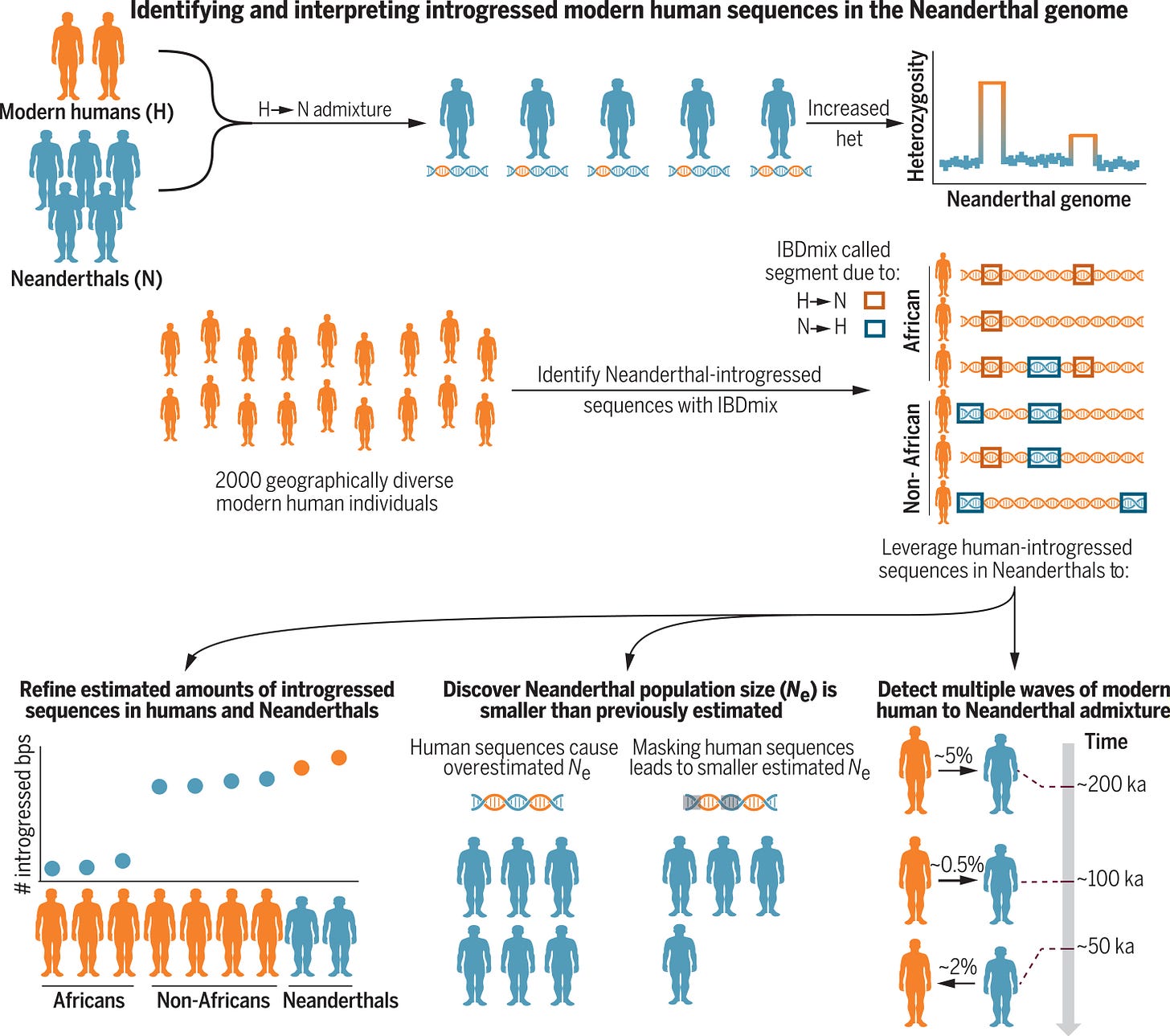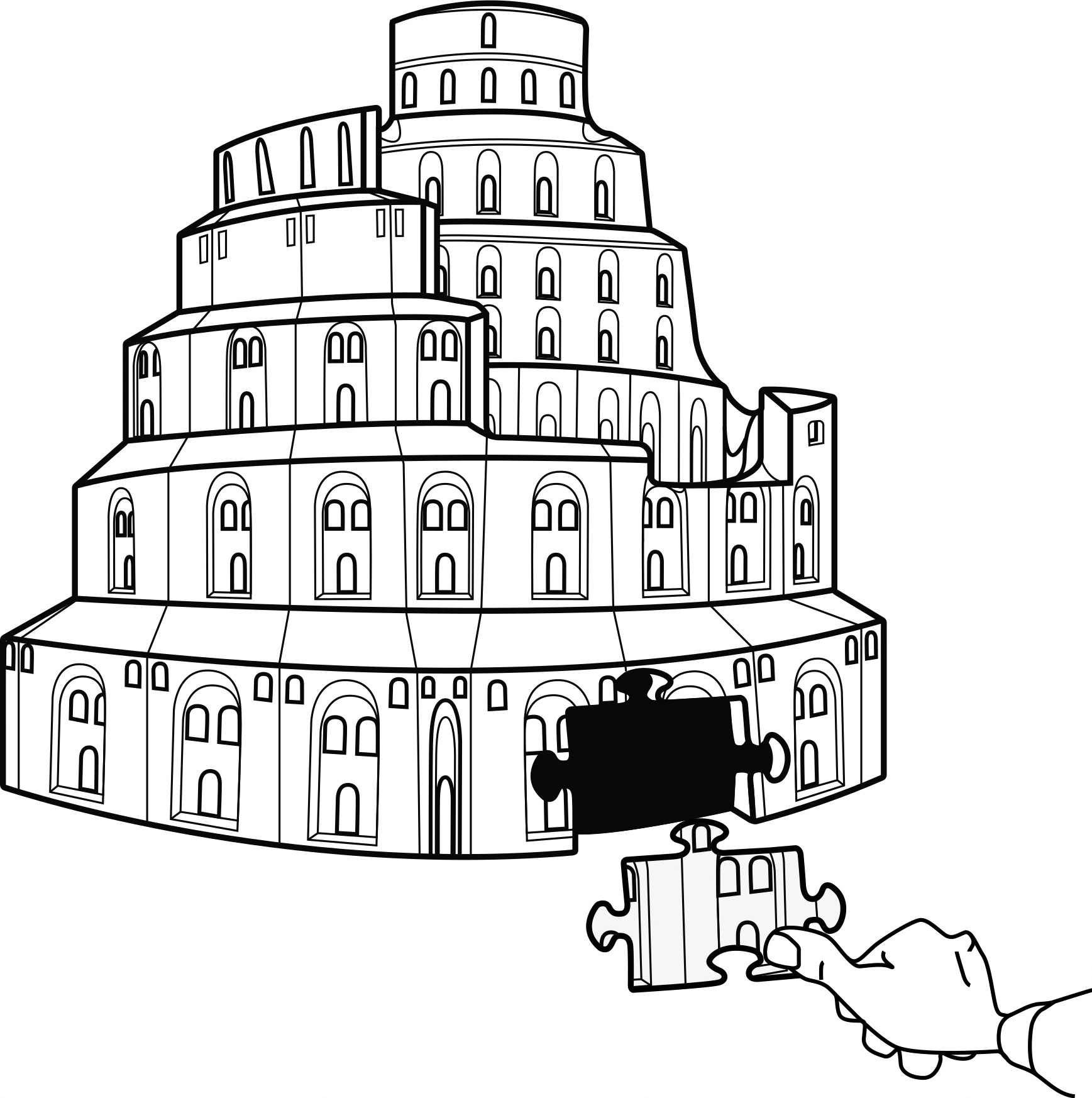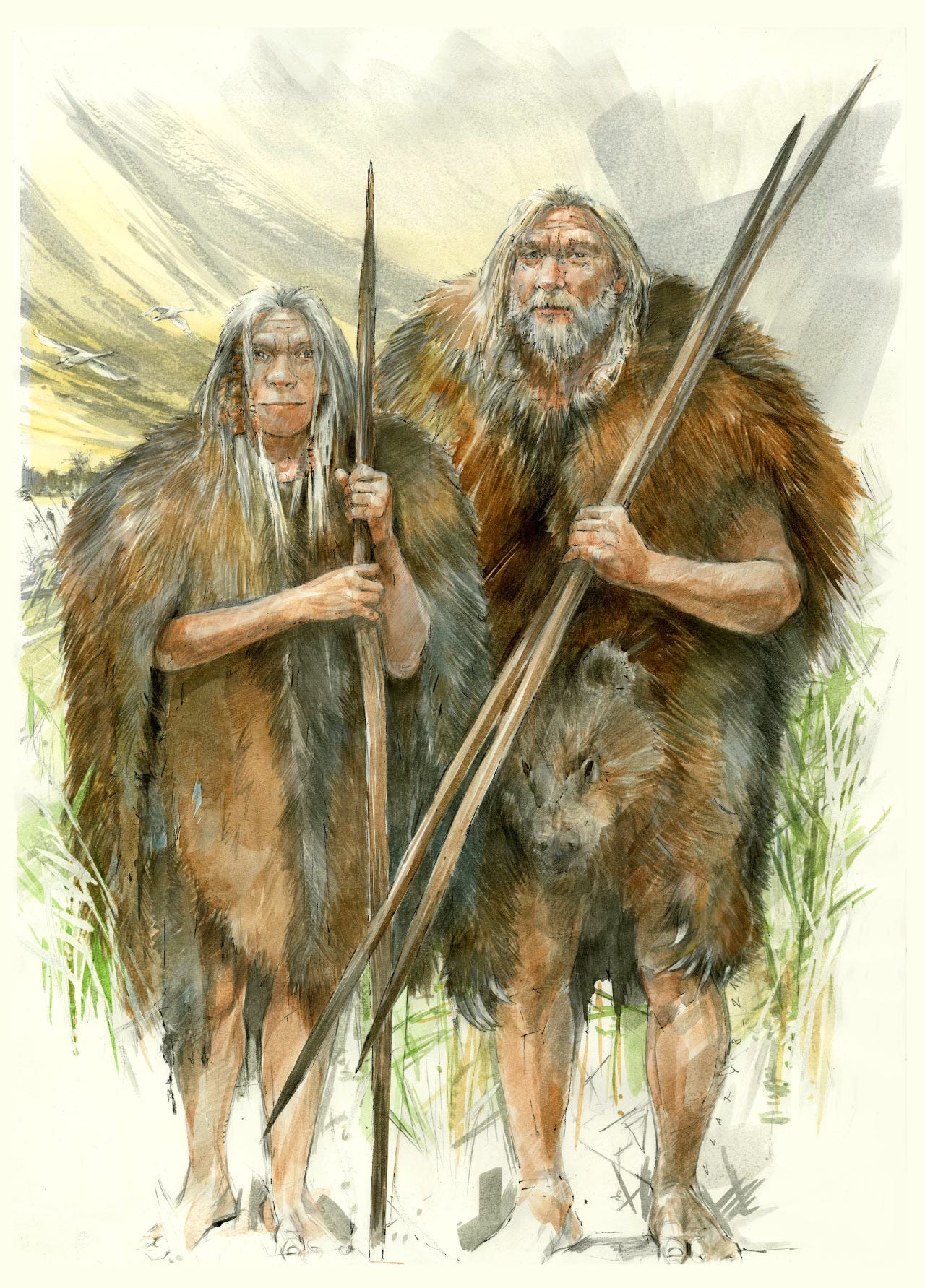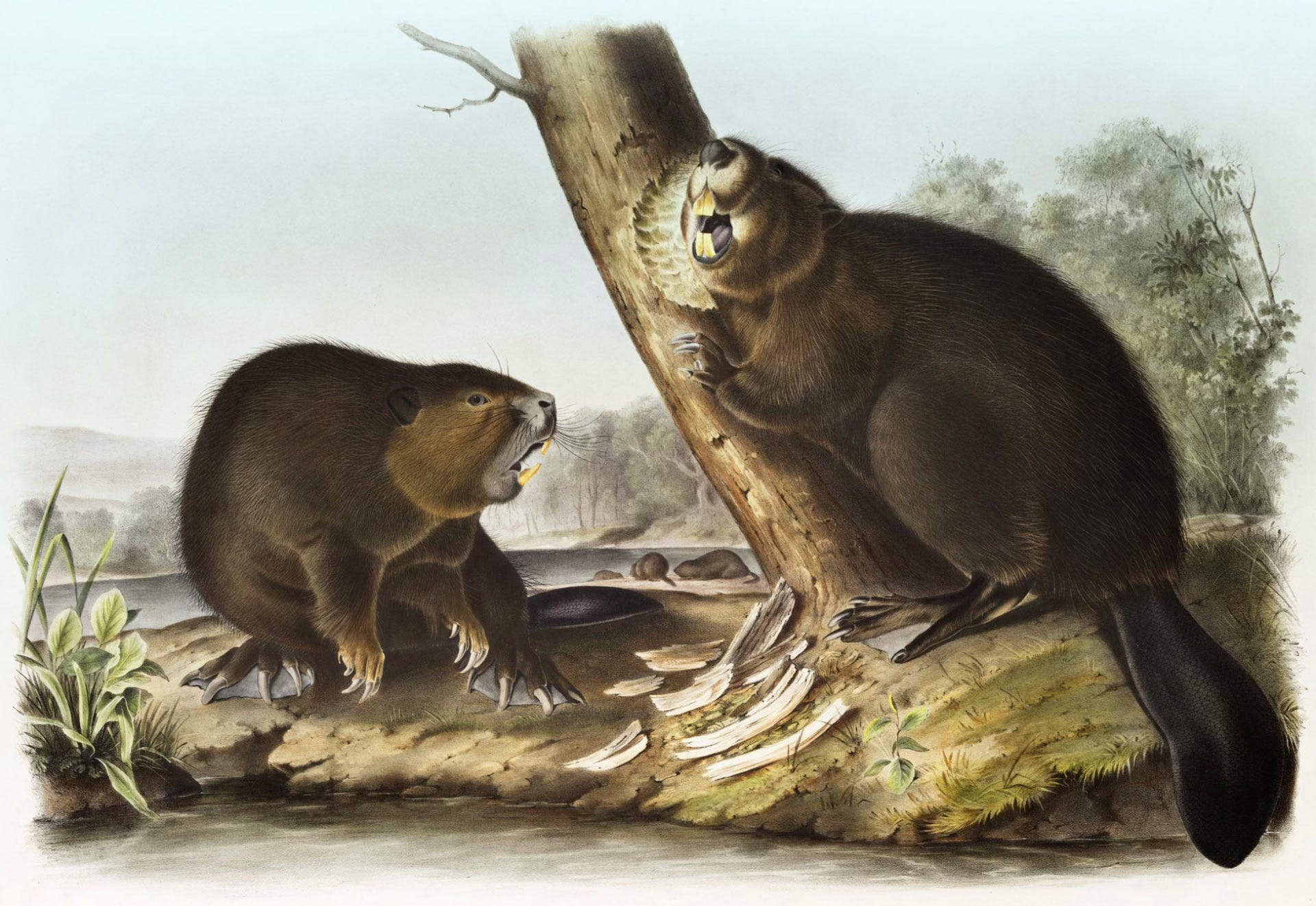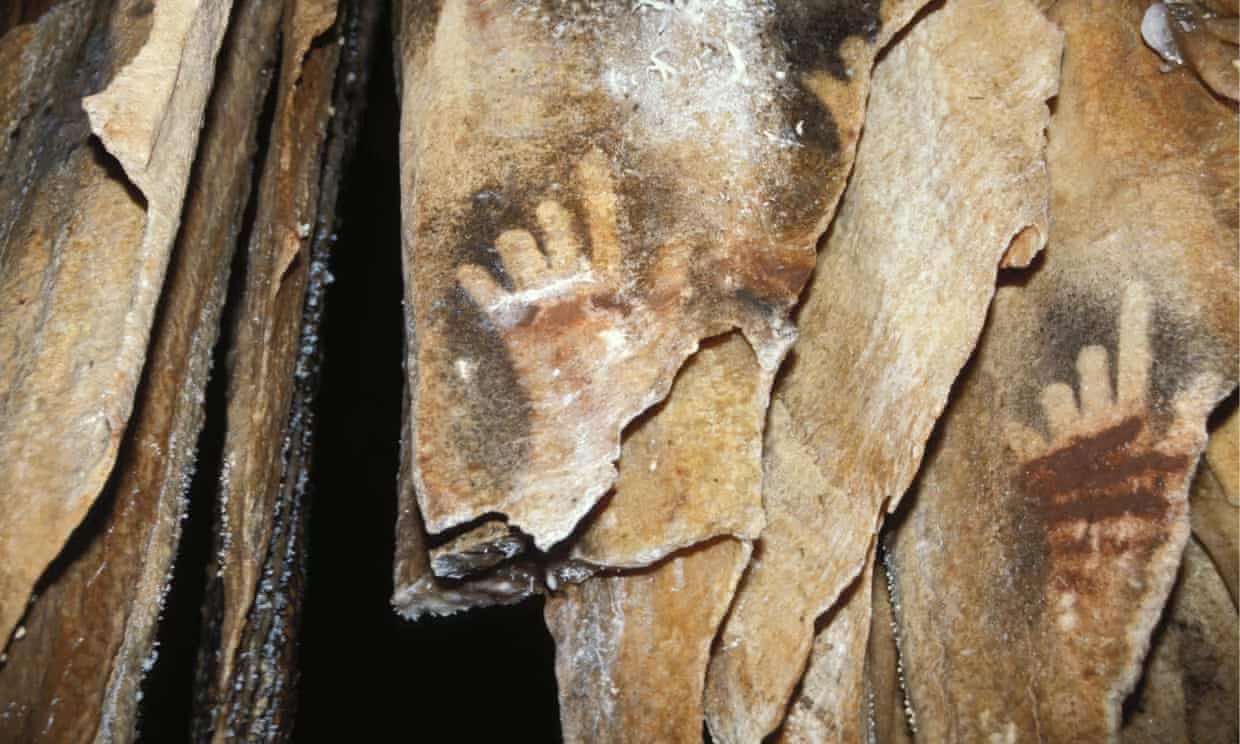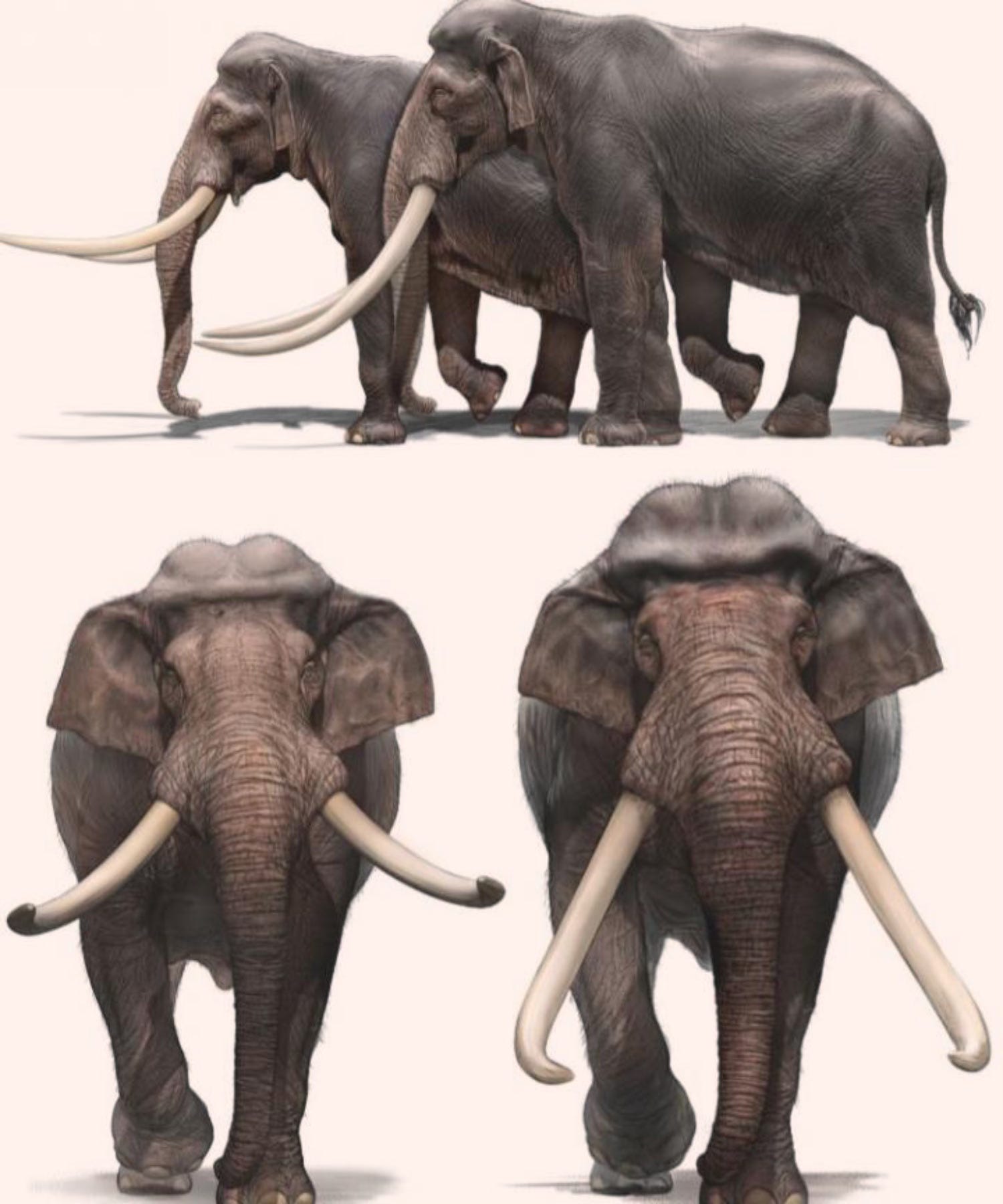Ancient Crimean Skull Fragment Unravel's Europe's Early Human Tapestry
Researchers delve into the earliest chapters of European settlement by investigating ancient skull fragments from Crimea, shedding light on the crucial role played by the first modern humans in shaping the continent's history. These findings, part of a recent study1, are paramount in understanding the roots of early European civilizations.

Long before the establishment of permanent human settlements in Europe, migratory waves from Africa reached the continent approximately 60,000 years ago. However, these early populations did not establish lasting habitation. Around 40,000 years ago, a pivotal climate crisis and a massive volcanic eruption near Naples led to a decline in Europe's early human inhabitants, reshaping the demographic landscape.
To pinpoint the definitive arrival of the first modern humans in Europe, a team led by CNRS scientists embarked on an analysis of genome samples extracted from two skull fragments discovered at the Buran Kaya III site in Crimea, dating back 36,000 to 37,000 years. Comparing these genetic sequences with databases of both contemporary and ancient European genomes revealed striking genetic affinities between these individuals and populations associated with the Gravettian culture.
The Gravettian culture, known for its production of female figurines called "Venuses," flourished in Europe between 31,000 and 23,000 years ago. The tools unearthed at Buran Kaya III exhibit similarities to the Gravettian assemblages, suggesting that these individuals not only contributed genetically but also technologically to the population that laid the foundations for this civilization approximately 5,000 years later.
Published in Nature Ecology & Evolution, this groundbreaking research marks a crucial milestone, documenting the initial arrival of Europe's ancestral predecessors and illuminating their profound impact on the early development of European societies.
Bennett, E. A., Parasayan, O., Prat, S., Péan, S., Crépin, L., Yanevich, A., Grange, T., & Geigl, E.-M. (2023). Genome sequences of 36,000- to 37,000-year-old modern humans at Buran-Kaya III in Crimea. Nature Ecology & Evolution, 7(12), 2160–2172. https://doi.org/10.1038/s41559-023-02211-9




